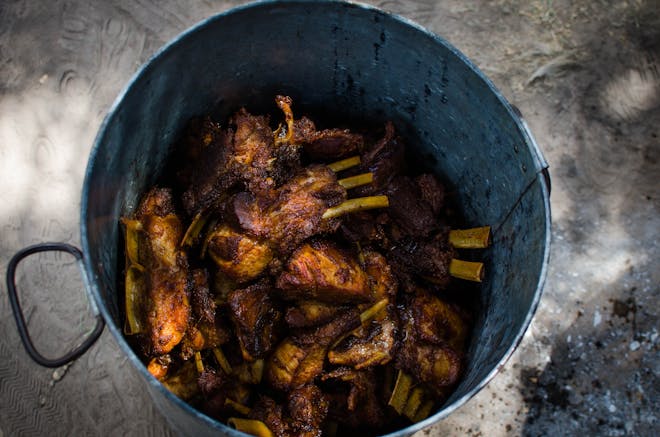Reverse Sear Prime Rib: The Ultimate Guide for Juicy Results
If you’re aiming for a perfectly cooked prime rib, the reverse sear method is your culinary ally. This technique involves slow-cooking the meat at a low temperature and then finishing it off with a high-heat sear. The result? A prime rib that’s evenly cooked with a deliciously crispy exterior. Let’s delve into the art of cooking prime rib reverse sear, which promises a restaurant-quality feast right at home.
Understanding the Reverse Sear Method
The reverse sear is a game-changer in the world of roasting meats, particularly when it comes to thick cuts like prime rib. By reversing the traditional sear-then-roast sequence, this method gives you more control over the doneness of your meat, ensuring that your prime rib is cooked to perfection from edge to edge.
Initial Low-Temperature Cooking
Start by preheating your oven to a low temperature, typically around 250°F (120°C). Season your prime rib generously with salt, pepper, and any other preferred spices or herbs. Place the meat on a rack over a roasting pan and insert a meat thermometer into the thickest part of the rib.
Cook the prime rib slowly until it reaches an internal temperature that is about 10-15 degrees lower than your desired final temperature. For a medium-rare finish, aim for an internal temperature of around 110°F (43°C) before searing.
High-Heat Searing Finale
Once your prime rib is close to the target temperature, remove it from the oven and let it rest while you preheat a skillet or roasting pan. Crank up the heat to high, and when it’s smoking hot, sear the prime rib on all sides. This creates a rich, golden-brown crust that is the signature of a great reverse sear.
The resting period before searing is crucial. It allows the meat fibers to relax and reabsorb the juices, ensuring that your prime rib will be moist and tender.
Why Choose Reverse Sear for Prime Rib?
Choosing to reverse sear your prime rib isn’t just about following a trend; it’s about precision and excellence. This method provides a uniform doneness without the gray, overcooked layers that often occur with traditional roasting methods. Additionally, it grants a more succulent texture and a crust that’s packed with flavor.
Tools for the Perfect Reverse Sear
To achieve the best results, you’ll need a reliable oven, a meat thermometer, a heavy-duty skillet, and some patience. The meat thermometer is non-negotiable, as it will guide you through the cooking process, ensuring that your prime rib reaches the ideal temperature before searing.
Seasoning Your Prime Rib
Don’t be shy with your seasonings. The robust flavors of prime rib can handle a good amount of salt and a blend of herbs and spices. Some cooks prefer a simple rub of salt and pepper, while others might add garlic powder, onion powder, rosemary, or thyme for a more complex flavor profile.
Step-by-Step Guide to Reverse Sear Prime Rib
Here’s a detailed walkthrough of how to reverse sear a prime rib:
- Preheat your oven to the low temperature of 250°F (120°C).
- Season the meat generously with your chosen spices.
- Place the rib on a rack in a roasting pan and insert the meat thermometer.
- Cook slowly until the thermometer reads 10-15 degrees below your target doneness.
- Remove the rib from the oven and let it rest while you heat your skillet to a high temperature.
- Sear the rib on all sides until it’s beautifully browned and reaches your desired final temperature.
- Let the meat rest again for at least 15 minutes before slicing. This allows the juices to redistribute throughout the meat, ensuring each slice is as flavorful and moist as possible.
By following these steps, you’ll be well on your way to serving a prime rib that’s sure to impress your guests and satisfy even the most discerning palates.
